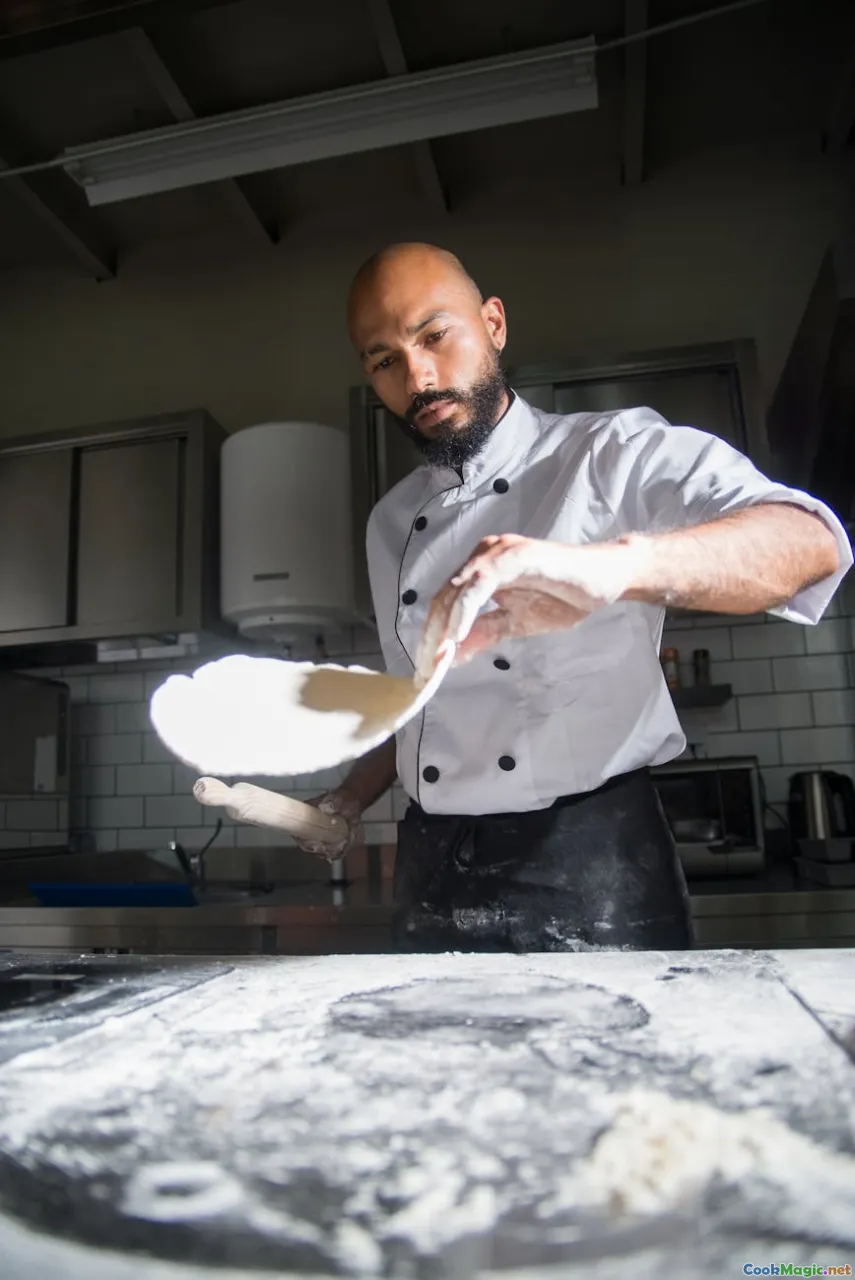How to Pair European Flavors with Global Techniques
8 min read Discover how to seamlessly blend European flavors with innovative global techniques to create dishes rich in culture, taste, and creativity. April 19, 2025 12:55
How to Pair European Flavors with Global Techniques
Imagine standing in a bustling market in Provence, the scent of freshly baked baguettes mingling with the aroma of exotic spices from distant lands. The sun bathes the cobblestone streets in golden light, and your palate is already tingling in anticipation of what’s to come. This scene captures the essence of European fusion — a harmonious dialogue between centuries-old traditions and the bold, innovative techniques from around the world.
Introduction: The Art of Culinary Crossroads
European cuisine, with its centuries of history, boasts a rich tapestry of flavors, textures, and techniques. From the delicate butter-based sauces of France to the hearty stews of Eastern Europe, the continent offers a culinary language that is both refined and deeply rooted in tradition. Yet, in today’s interconnected world, the boundaries of cuisine are dissolving, making way for a new culinary frontier: blending European flavors with global cooking techniques.
This fusion is not just about combining ingredients; it’s about creating a dialogue between cultures, stories, and sensory experiences. It’s about elevating a classic dish with a modern twist or reinterpreting traditional flavors through innovative methods. The result? Dishes that are unexpectedly delightful, deeply satisfying, and culturally enriching.
The Cultural and Historical Context of European Flavors
European cuisine has evolved through centuries of trade, colonization, and cultural exchange. The ancient spice routes brought saffron, cinnamon, and pepper into European kitchens, transforming simple stews into fragrant masterpieces. Colonial exchanges introduced new ingredients like tomatoes, potatoes, and chili peppers, which now form the backbone of many traditional dishes.
For example, the Mediterranean diet emphasizes olive oil, fresh herbs, and seasonal vegetables, reflecting the region’s climate and history. Meanwhile, Northern European fare has preserved hearty, preservation-based techniques, with salting, smoking, and fermenting playing vital roles.
Understanding these roots is essential when pairing European flavors with modern techniques, as it provides a foundation for respecting tradition while pushing culinary boundaries.
The Modern Landscape: Global Techniques Meet European Flavors
Today’s chefs and home cooks are explorers, eager to experiment beyond borders. They incorporate techniques such as sous-vide, molecular gastronomy, fermentation, and modernist cooking methods into traditional European recipes.
Sous-vide and European Classics
Imagine slow-cooking a piece of beef bourguignon in a precisely controlled water bath, ensuring the meat remains tender and infused with flavors. The sous-vide technique preserves the integrity of delicate ingredients while intensifying flavors, allowing for a new depth in classic dishes.
Fermentation and European Preservation
Fermentation, a technique with ancient roots in Europe (think sauerkraut in Germany or kimchi-inspired European fermented vegetables), has gained popularity for its probiotic benefits and complex flavors. Chefs now experiment with fermenting European cheeses or vegetables with global spices to create tangy, umami-rich condiments that elevate traditional dishes.
Molecular Gastronomy and European Desserts
Transforming classic European desserts like soufflés or tarts through techniques such as spherification or foam creation can add a playful, modern dimension. Imagine a lemon tart with a delicate basil foam, blending French pastry finesse with Italian herbal freshness.
Practical Tips for Pairing European Flavors with Global Techniques
1. Respect the Foundation
Start with a solid understanding of the traditional European dish — its flavors, textures, and cultural significance. This respect ensures that the fusion enhances rather than overshadows the original.
2. Choose Complementary Techniques
Select techniques that complement the flavors. For instance, delicate poaching pairs well with subtle herbs, while bold smoking can add depth to robust flavors like smoked paprika in Hungarian goulash.
3. Experiment with Ingredients
Introduce global ingredients thoughtfully. A touch of lemongrass in a French-inspired chicken dish or a dash of harissa in a Spanish paella can provide surprising depth.
4. Balance and Harmony
Aim for balance between the familiar and the exotic. Use techniques to highlight, not mask, the core flavors. For example, a lightly smoked cod can be complemented by a bright, citrusy European sauce.
5. Presentation Matters
Modern techniques often lend themselves to visually stunning presentations. Use plating and garnishes to tell a story, blending cultural elements seamlessly.
Personal Reflections: My Journey with European Fusion
As a food writer and passionate cook, I’ve experienced firsthand how blending European flavors with global techniques can transform a simple meal into a memorable culinary adventure. I recall a dinner where I paired a classic Italian risotto with a touch of Japanese yuzu kosho, adding a citrusy heat that elevated the dish to new heights. The aroma, the burst of flavor, and the visual appeal all contributed to an experience that was both comforting and exciting.
European cuisine’s elegance provides a perfect canvas for experimentation. It invites us to respect its roots while daring to innovate. Whether it’s fermenting, sous-vide, or molecular techniques, each method offers a new way to tell stories through food.
Conclusion: Embracing the Fusion Spirit
Pairing European flavors with global techniques is more than a trend; it’s a culinary philosophy rooted in curiosity, respect, and creativity. It’s about celebrating diversity on a plate, honoring tradition while exploring new horizons.
So, I encourage you, dear culinary explorer, to embrace this journey. Experiment with your favorite European recipes, infuse them with techniques from around the world, and discover a world of flavors waiting to be uncovered. The kitchen is your laboratory, and the possibilities are endless.
Remember: The best dishes are born from passion, respect, and a willingness to push boundaries. Happy fusion cooking!









